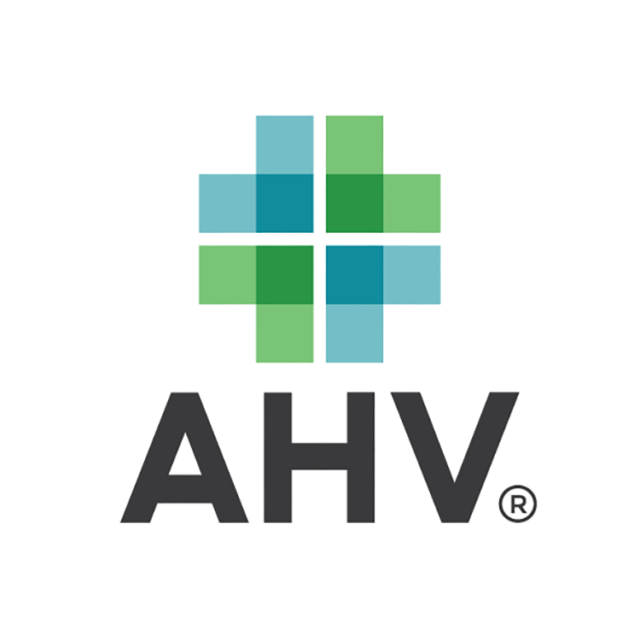Fresh cows are more susceptible to disease than at any other point in their lactation, and this is traditionally attributed to a suppressed immune system around calving. Isolated immune cells (including neutrophils) collected during the transition period and evaluated in the laboratory (ex vivo) have shown an array of diminished functions that could indicate reduced responsiveness to pathogens, including decreased oxidative burst and expression of adhesion molecules necessary for neutrophil migration to sites of inflammation. Ultimately, these indicators of impaired immunity led scientists to suggest a state of immune suppression occurs around calving, which presumably explains why fresh cows have increased incidence of morbidity.
However, more recent research has extensively enhanced our understanding of the role of inflammation around calving that calls for a new definition for transition cow immunity. While isolating neutrophils and evaluating their functions ex vivo has been invaluable for immunity research, several important limitations must be considered. Around calving, mature and highly functional neutrophils in circulation are recruited to sites of inflammation or tissue remodeling (including the uterus and udder). As circulating neutrophils migrate out of the bloodstream, the bone marrow releases new neutrophils to replenish them. Newly released neutrophils are still developing and not yet fully functional, which could explain why isolating them from transition cows and evaluating their functions ex vivo would indicate reduced immunity (Figure 1).

The proposed causes of transition cow immune suppression include the influence of fresh cow metabolic changes (hypocalcemia and increased non-esterified fatty acids [NEFA] and hyperketonemia). When immune cells are incubated with high ketones and NEFA, or reduced calcium concentrations in laboratory media in efforts to model fresh cow conditions, certain immune cell functions decrease in some studies (oxidative burst, antibody secretion and phagocytosis). However, numerous other studies disagree and report little to no consequences to immune cell functions (cell proliferation, phagocytosis) and some even observe increased functions (adhesion, oxidative burst) when incubation media ex vivo is manipulated to mimic metabolite concentrations of a transition cow. Inconsistencies in ex vivo research demonstrate the limitations of this research approach and can lead to oversimplifying the status of the entire immune system – one of the most complex systems in the body that is especially dynamic around calving.
Increasing evidence also points to a distinctly active and responsive inflammatory profile in early lactation. We now know all transitioning dairy cows experience some degree of inflammation, though the extent of this inflammation varies by cow and often corresponds with differences in production performance. Transition cows are much more likely to encounter pathogens and mount an inflammatory response as calving, lactation, diet changes and pen moves increase risk for bacterial contamination in the reproductive tract, mammary gland and the gastrointestinal tract.
We recently published research in the Journal of Dairy Science (JDS) evaluating the inflammatory and immune response in early lactation cows (20 days in milk) compared with mid-lactation cows (130 days in milk). Find the JDS articles here, here and here. Instead of isolating cells and evaluating functions ex vivo, we investigated the whole-body response to a controlled immune stimulant (lipopolysaccharide; LPS) administered intravenously. While all cows regardless of lactation stage mounted an immune response, cows in early lactation engaged a more robust inflammatory response, which disagrees with the traditional theory that transition cows are immune suppressed or lack responsiveness to infections.
When animals feel ill, they reduce feed intake, and likewise cows in our experiment had decreased appetite during the challenge. Since the inflammatory response in early lactation cows was heightened, intakes decreased more severely than in mid-lactation cows. However, despite reduced nutrient intake, early lactation cows had similar milk production losses as mid-lactation cows throughout their recovery (Figure 2). This data indicates that cows in early lactation are capable of rapidly mobilizing more of their own body reserves during normal negative energy balance in efforts to supply nutrients for milk production recovery.

We also conducted a similar experiment by modeling a more natural route of infection (mastitis). The results generally agreed with the prior experiment, though intramammary LPS was less taxing on feed intake. The patterns observed with our data agree with several other reports that indicate early lactation cows have a similar or less severe reduction in milk production following various stressors relative to cows later in lactation, including other intramammary challenges and heat stress. Interestingly, the recent avian influenza outbreak in dairy cattle severely decreases milk production in established or late lactation cows, whereas early lactation animals appear to be less susceptible. The notion that transition cow production may be less compromised by the effects of heat stress and highly pathogenic avian influenza seems incompatible with the immune suppression definition.
In summary, there are multiple lines of evidence indicating the term “immune suppression” to describe the dynamic immune system around calving should evolve. Some aspects of the immune system are downregulated, but other aspects are upregulated and robust (like the inflammatory response) and some remain unchanged (such as mucosal immunity). Consequently, while increased morbidity (mastitis, metritis, etc.) obviously occurs in early lactation, it does not appear to be caused by “immune suppression” but rather by increased exposure risk to antigens and pathogens.
While the concept of modulating the transition cow immune system to enhance production performance likely holds promise, there is still much to learn about this incredibly complex system, and research must take a giant leap forward beyond immune suppression to provide meaningful and reliably consistent solutions to dairy farmers.











